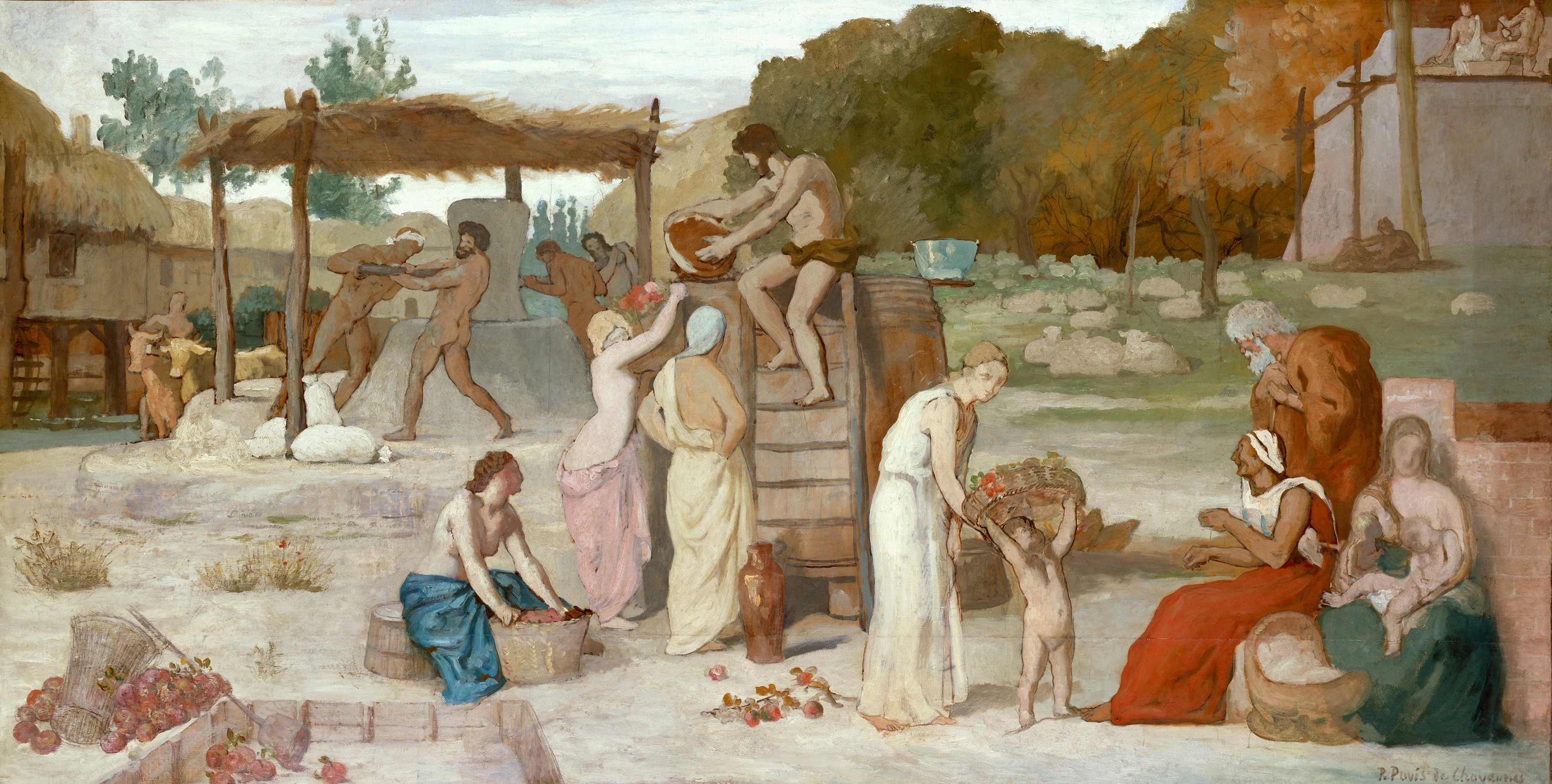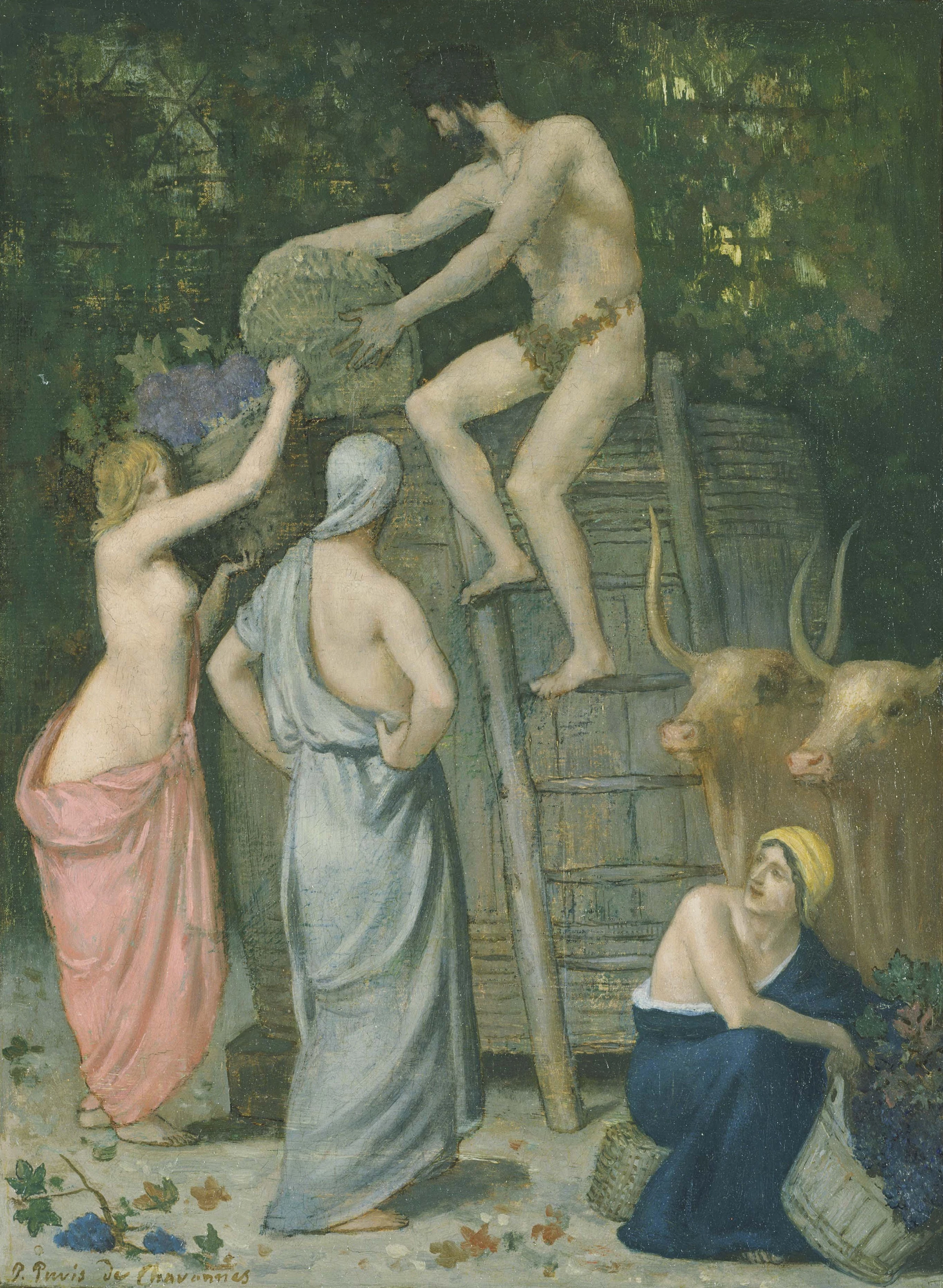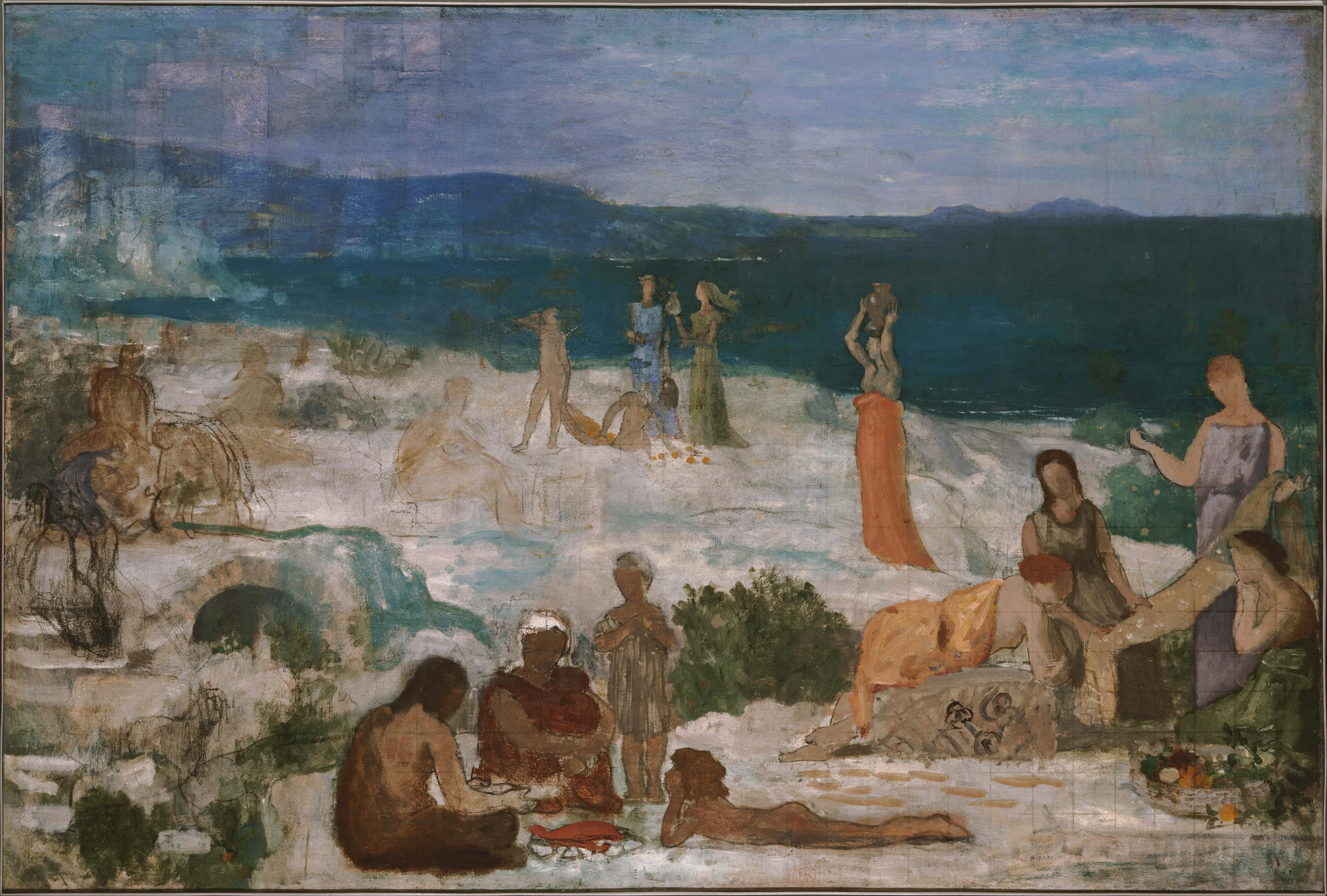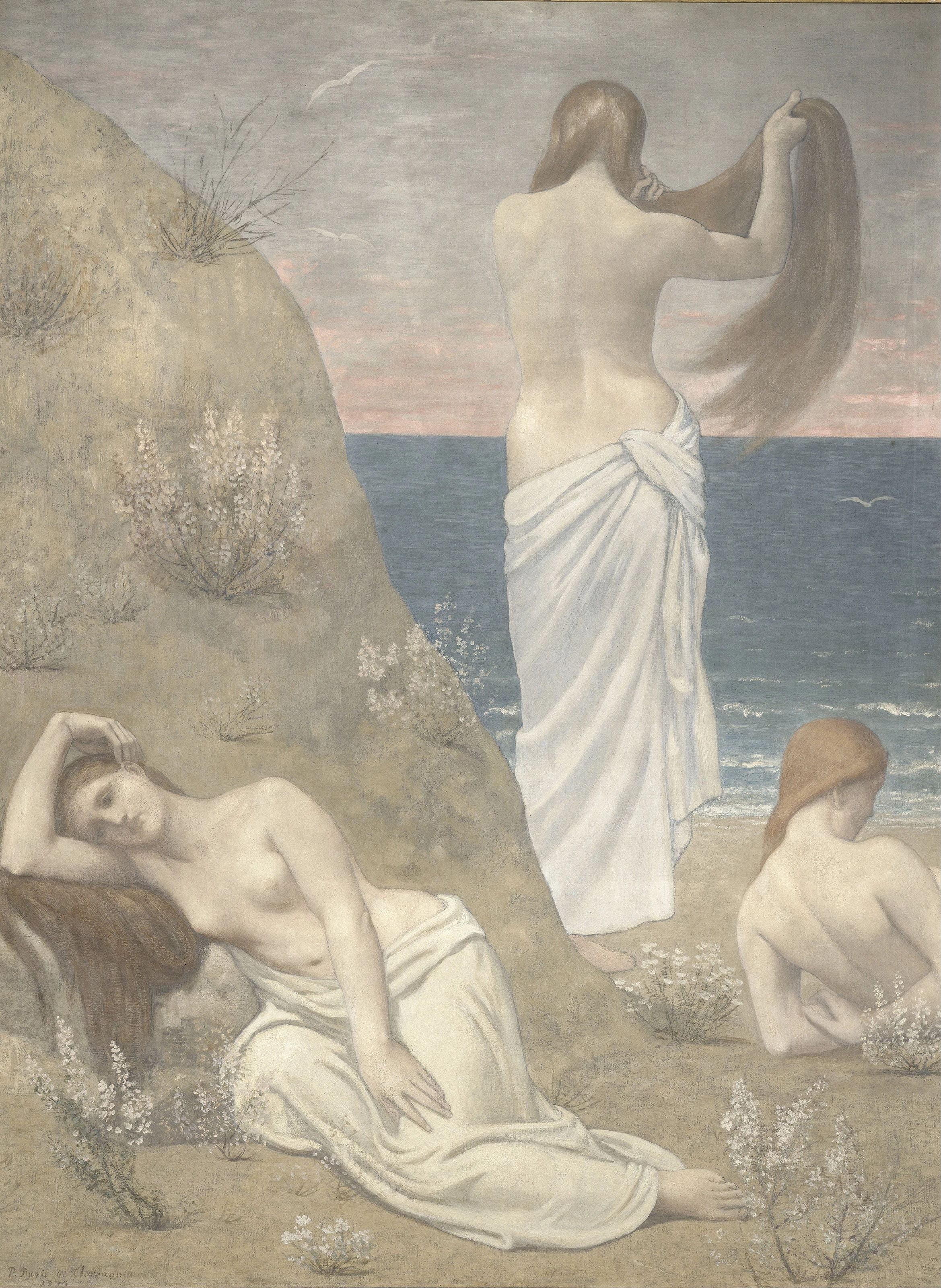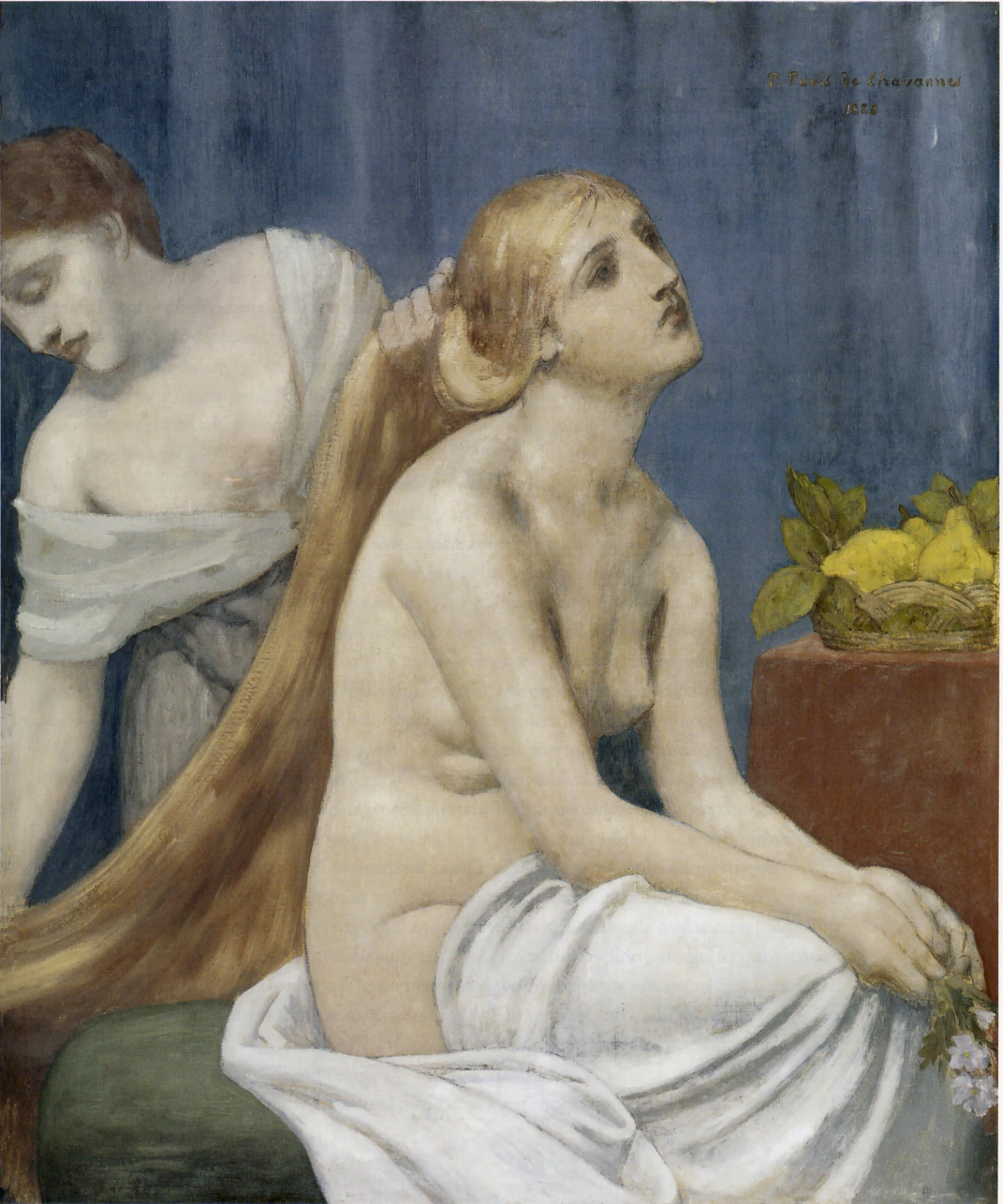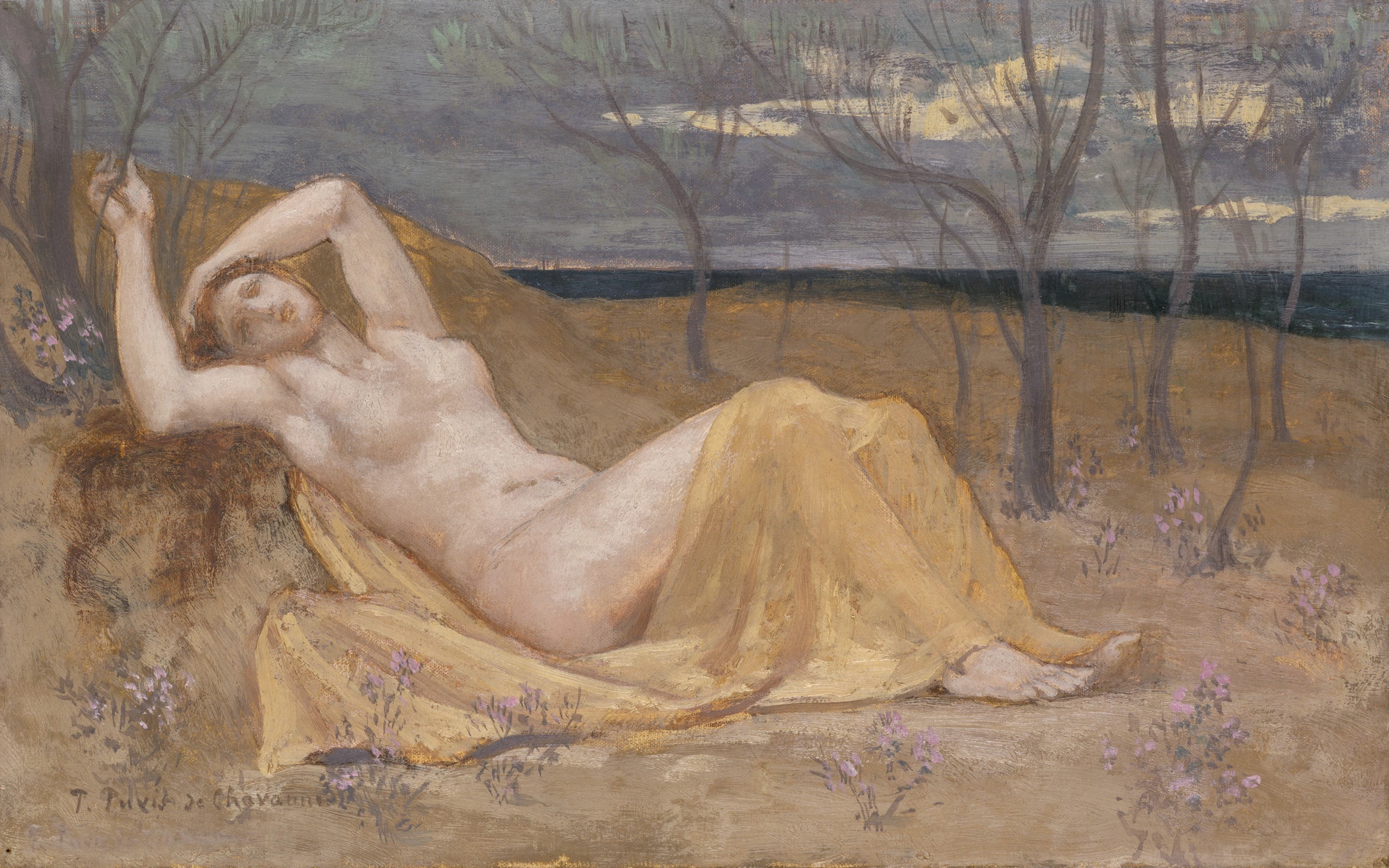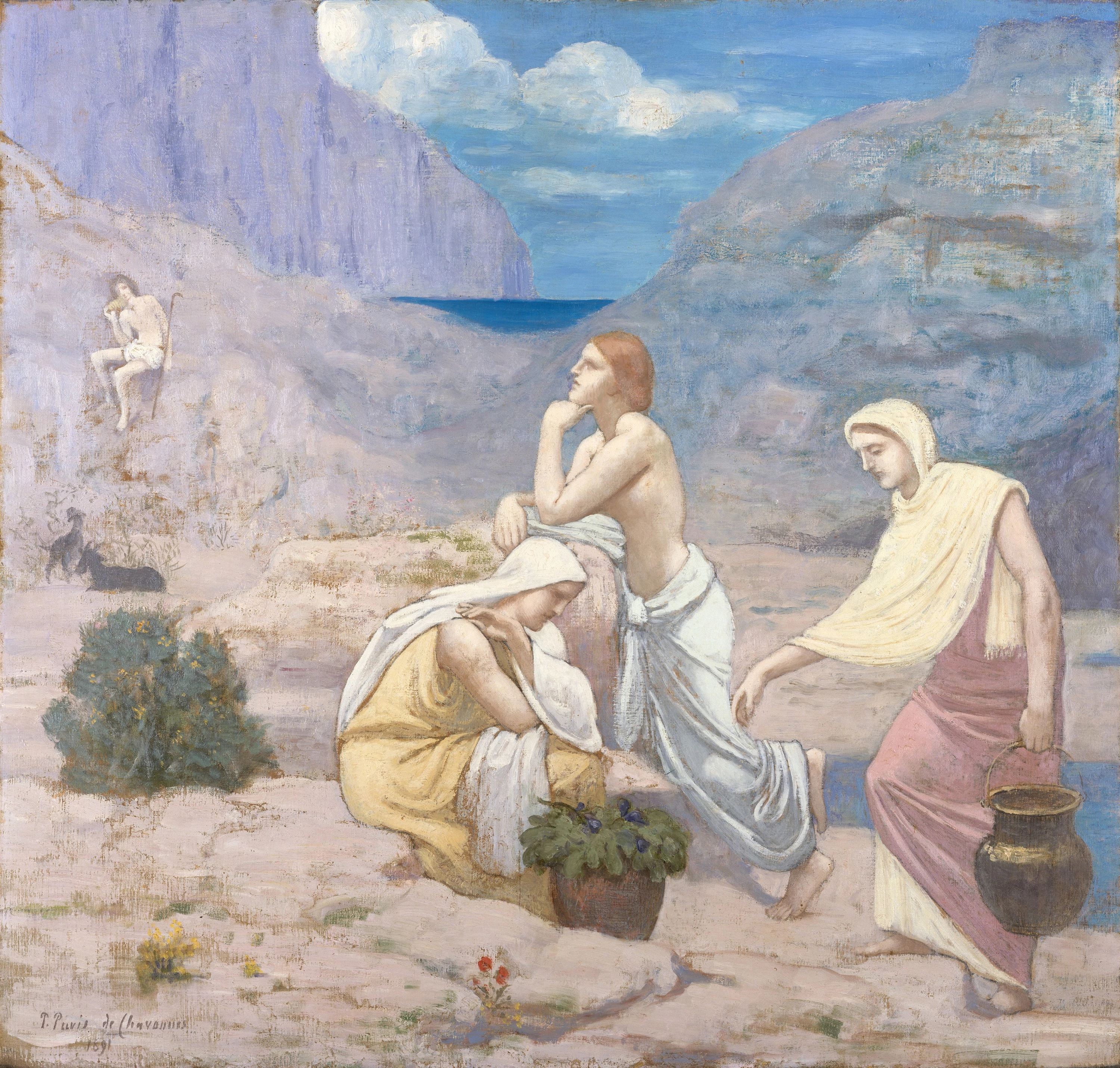Pierre Puvis de Chavannes
The Forgotten Master

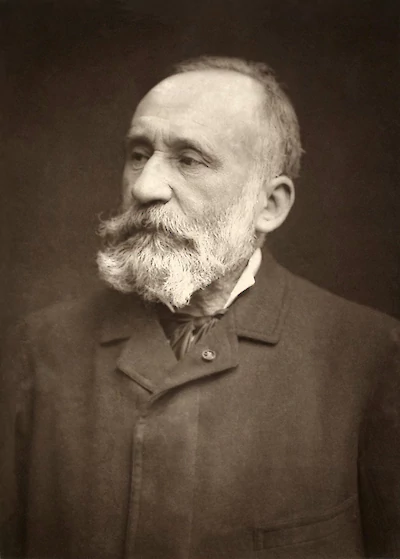


You can be conservative in art, but then history leaves you behind. Pierre Puvis de Chavannes founded the French artist society Société Nationale des Beaux-Arts and painted so many public commissions he was known in his day as “the painter for France.” Yet poor Pierre has all but disappeared from the canon of popular art history.
A stolid loner, Pierre Puvis had no classical education, but worked in a way Émile Zola described as “art made of reason, passion, and will.” Puvis’s artwork was rigorous and logical, and most often commissioned as murals for public spaces. His paintings are quiet, but beautiful, with elegant composition and soft flattened hues reminiscent of Giotto’s pastel frescos. So why did we forget about him?
Puvis worked during a cultural divide in France. After the French revolution of 1789, the Royalists hoped to return France to its traditional values, and Puvis became their voice. His meditative classical work stood in direct contrast to the plein-air experiments of the Impressionists or the radical color of the Fauves. His work was safe. It was acceptable. It was non-controversial. The quiet dignity of Puvis’s scenes influenced the burgeoning Symbolist movement, with artists like Maurice Denis elevating the structural forms with a sense of metaphysical authority. But Puvis himself has faded into history, and we can’t help but wonder—what does it take to make work that lives on? Is comfortable art forgotten? Is it the challenging work that lasts?
